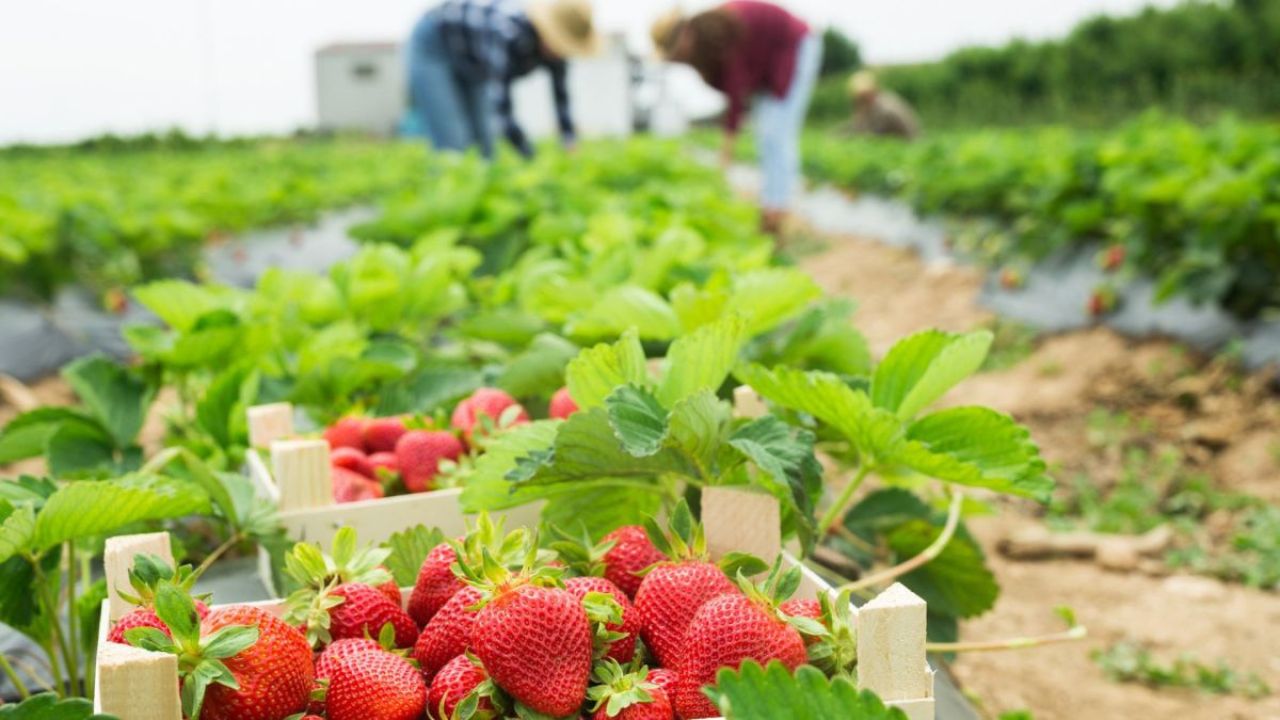How to Earn Money from Strawberry Farming
Strawberry farming is a lucrative agribusiness venture that offers farmers high returns with proper planning and management. The global demand for strawberries, driven by their nutritional value and versatility, has made them a sought-after crop for fresh consumption, processing, and export. If you’re considering strawberry farming as a business opportunity, this guide will provide you with detailed insights into maximizing profits while maintaining sustainable practices.
Why Strawberry Farming?
Strawberries are among the most popular fruits worldwide, known for their sweet taste, vibrant color, and rich nutritional profile. They are packed with vitamins, antioxidants, and fiber, making them a staple in health-conscious diets. The demand for strawberries spans across fresh fruit markets, processed products (jams, juices, and desserts), and frozen goods, creating multiple revenue streams for farmers.
Key benefits of strawberry farming include:
High Market Demand: Strawberries are in demand year-round, especially in regions with a thriving food and beverage industry.
Quick Returns: Strawberries have a short growing cycle, with fruit production starting as early as three months after planting.
Export Potential: High-quality strawberries fetch premium prices in international markets.
Value Addition: Processing strawberries into jams, jellies, or dried fruit can significantly increase profits.
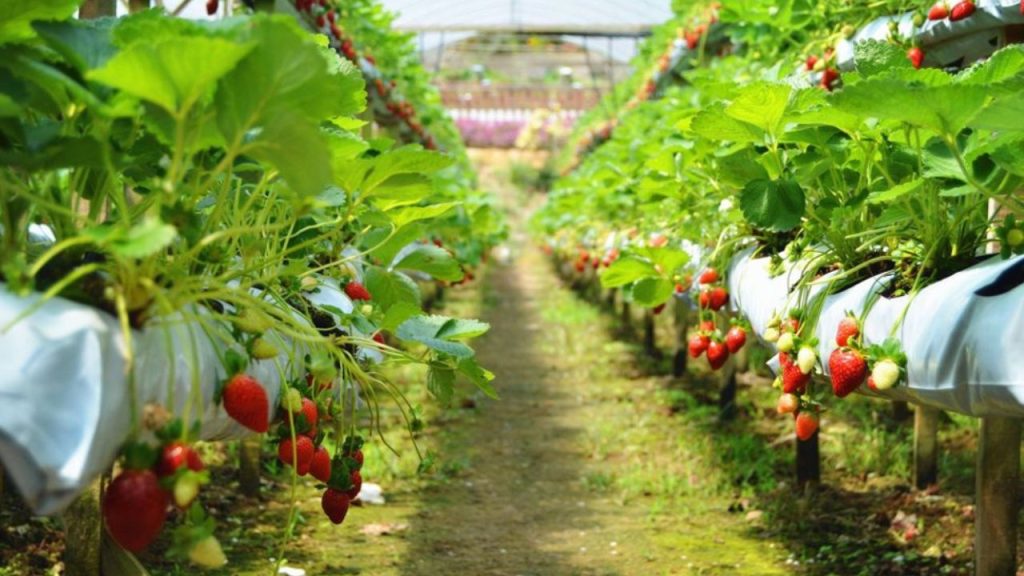
Before start strawberry farming you have to follow below steps:
-
Understanding the Market
Before starting a strawberry farm, it’s crucial to understand the market dynamics. Research the local demand for strawberries, peak seasons, and pricing trends. Consider the following issue:
Local Demand: Are strawberries popular in your area? Check local grocery stores, farmers’ markets, and restaurants.
Export Potential: If you’re in a region where strawberries are rare, exporting them can yield higher profits.
Seasonality: While strawberries are often a seasonal crop, advances in farming techniques allow for off-season production in controlled environments.
Competition: Analyze the number of strawberry farmers in your area and identify gaps you can fill, such as organic or exotic varieties. Click here
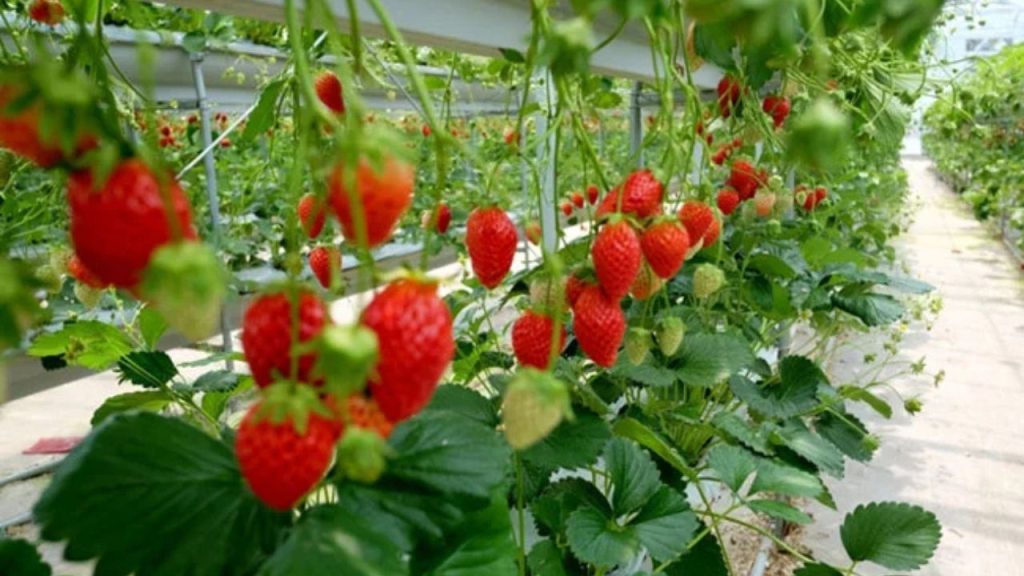
-
Selecting the Right Strawberry Variety
Choosing the right strawberry variety is essential for success. Here we need to consider some factors such as climate, soil type, and market demand. Common strawberry varieties include:
June-bearing: These produce a large crop during a short period, ideal for regions with a defined growing season.
Ever-bearing: These produce smaller yields multiple times a year.
Day-neutral: These are not dependent on day length and produce fruit continuously under the right conditions.
Selecting a variety that suits your local conditions and target market can significantly impact your yields and profitability.
-
Planning and Preparing the Farm
Proper planning and preparation are key to maximizing profits.
A. Site Selection
Choose a location with the following characteristics: Well-drained soil with a pH of 5.5 to 6.5. Ample sunlight (at least 6-8 hours daily). Accessibility to water sources for irrigation.
B. Soil Preparation
Strawberries require nutrient-rich soil. Steps for preparation include:
Testing Soil: Soil need to test for determining nutrient levels and ph.
Adding Organic Matter: Incorporate compost or manure to improve soil fertility.
Adjusting pH: Use lime to raise pH or sulfur to lower it as needed.
C. Planting Methods
Common planting methods include:
Matted Row System: Suitable for June-bearing varieties.
Hill System: Ideal for ever-bearing and day-neutral varieties.
Plastic Mulching: Helps retain soil moisture, suppress weeds, and improve fruit quality.
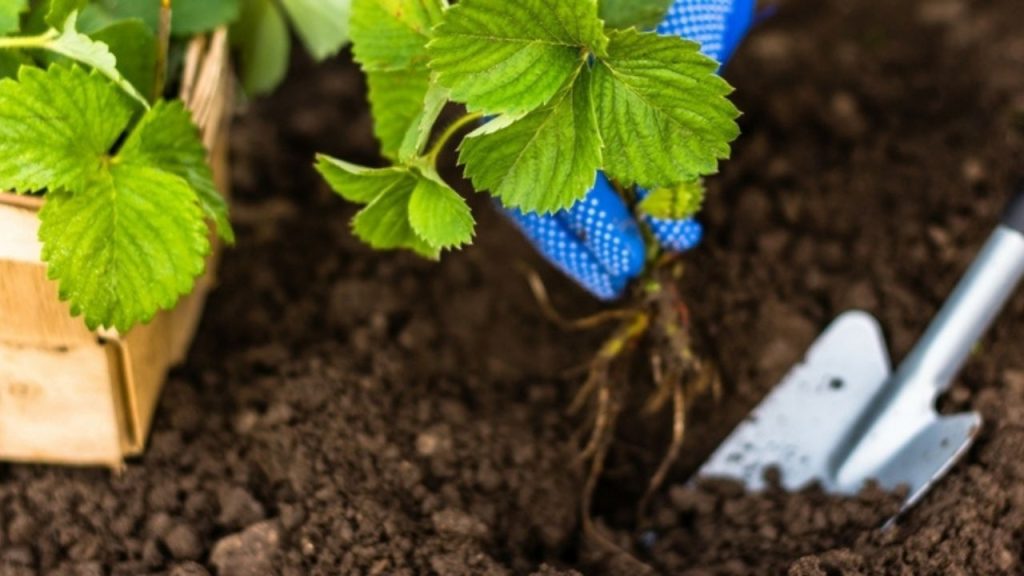
-
Investing in Quality Inputs
Investing in high-quality inputs ensures better yields and profits.
Healthy Plants: Purchase certified disease-free plants.
Irrigation System: Drip irrigation is ideal for water efficiency.
Fertilizers and Pesticides: Use organic or synthetic options as per your farm’s needs.
-
Effective Farm Management
Managing the farm effectively is critical to achieving high yields and quality produce.
A. Irrigation and Fertilization
Strawberries need consistent moisture but cannot tolerate waterlogged conditions. Drip irrigation is ideal as it provides water directly to the roots. Use balanced fertilizers which is contained nitrogen, phosphorus, and potassium. Adjust fertilization schedules based on the growth stage.
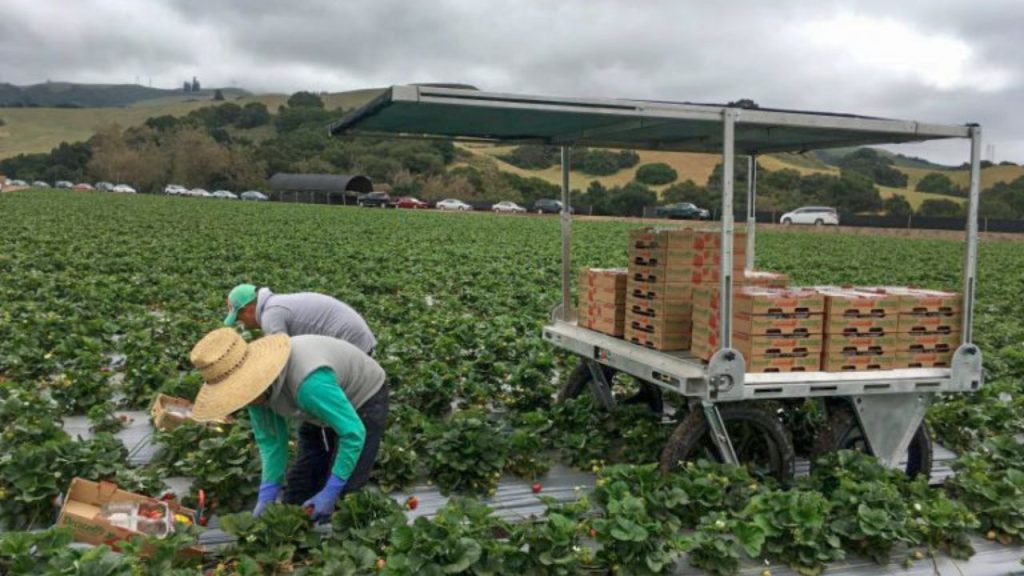
B. Pest and Disease Control
Common strawberry pests include aphids, mites, and slugs, while diseases like powdery mildew and gray mold can affect the crop.
Prevention: Rotate crops, use resistant varieties, and maintain proper spacing for air circulation.
Treatment: Use organic or chemical treatments as necessary, adhering to local agricultural regulations.
C. Weed Management
Weeds compete for nutrients and water, reducing yields. Mulching and hand weeding are effective methods for weed control.
D. Harvesting
Strawberries are delicate and require careful handling. Harvest them when they are fully red and ripe, typically in the morning to preserve freshness. Avoid overhandling to reduce bruising.

-
Adding Value to Your Produce
Adding value to your strawberries can significantly increase your income. Consider these options:
Processed Products: Produce and sell strawberry jams, jellies, syrups, or dried strawberries.
U-pick Farms: Allow customers to pick their own strawberries, providing a unique farm experience.
Organic Certification: If feasible, grow organic strawberries to cater to health-conscious consumers.
Off-Season Production: Use greenhouses or high tunnels to grow strawberries year-round.
-
Marketing Strategies for Strawberry Farming
A well-thought-out marketing plan is essential for maximizing profits.
A. Direct-to-Consumer Sales
Sell at local farmers’ markets or roadside stands.
Develop a loyal customer base by offering fresh, high-quality strawberries.
B. Supplying to Retailers
Partner with grocery stores, supermarkets, and restaurants. Consistent supply and quality can secure long-term contracts.
C. Online Sales
Create an online service through social media platforms and websites. Offer delivery or pickup services.
D. Collaborations
Collaborate with bakeries, ice cream makers, or beverage companies to supply fresh strawberries or processed products.
-
Financial Management
Keeping track of your finances is critical to maintaining profitability.
A. Startup Costs
Initial costs include land preparation, planting materials, irrigation systems, and labor. Create a detailed budget to plan expenses.
B. Operational Costs
These include fertilizers, pesticides, water, labor, and maintenance. Monitor expenses to avoid overspending.
C. Profit Calculation
Calculate profits by subtracting total expenses from revenue. Consider diversifying income streams, such as agritourism or processed products, to boost earnings.
-
Sustainability and Future Growth
Adopt sustainable farming practices to ensure long-term profitability. These include using organic inputs to improve soil health. Implementing crop rotation to prevent pest and disease buildup. Conserving water through efficient irrigation systems.
Invest in expanding your farm, experimenting with new varieties, or venturing into related businesses, such as a strawberry-themed cafe or a farm-based learning center.
-
Case Study: Success in Strawberry Farming
Take inspiration from successful strawberry farmers who have leveraged innovation and marketing. For example, a small-scale farmer might start with a U-pick farm and gradually expand to include a processing unit, turning surplus strawberries into jam. Through smart marketing, they can tap into local and export markets, earning significantly more than traditional farming methods.
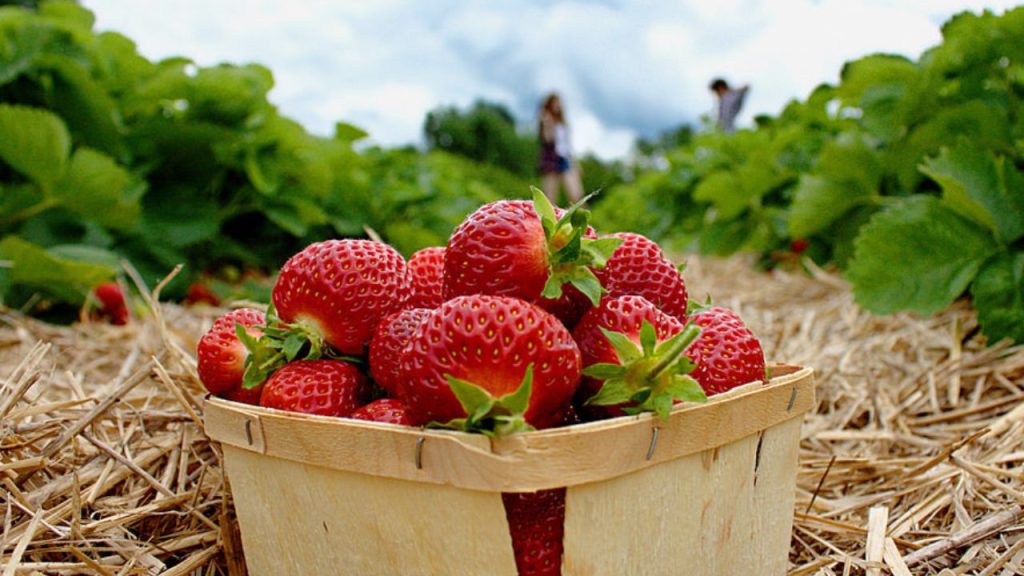
Tips for Maximizing Profits
Adopt Modern Techniques: Use hydroponics or vertical farming to grow strawberries in controlled environments. Implement precision farming tools for monitoring soil health and water usage.
Focus on Quality: Invest in high-quality seeds and maintain strict quality control during production. Use eco-friendly practices to attract health-conscious consumers.
Leverage Technology: Use social media and e-commerce platforms to market your strawberries. Develop a brand to differentiate your products in competitive markets.
Expand Your Market: Explore niche markets, such as organic strawberries or exotic varieties. Collaborate with restaurants, bakeries, and juice bars for consistent sales.
Diversify: Incorporate intercropping or mixed farming to utilize land efficiently. Offer agro-tourism experiences to generate additional income.
Challenges and Solutions in Strawberry Farming
1.Perishability
Strawberries are highly perishable and require prompt marketing or processing. Invest in cold storage and establish quick distribution channels.
2.Pests and Diseases
Regular monitoring and adopting IPM techniques can minimize losses.
3.Labor Requirements
Strawberry farming is labor-intensive, especially during planting and harvesting. Mechanization and efficient labor management can reduce costs.
4.Market Fluctuations
Diversify your customer base and products to mitigate risks from price fluctuations. Click here
Conclusion
Strawberry farming is a rewarding business opportunity for those willing to invest time, effort, and resources. By choosing the right variety, employing effective cultivation techniques, and implementing strategic marketing, farmers can maximize their income. Moreover, exploring value-added products and sustainable practices ensures long-term success. With proper planning and dedication, strawberry farming can become a highly profitable venture.

